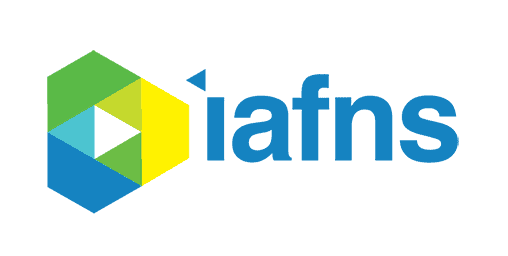Comprehensive Reviews in Food Science and Food Safety. 2014;13(4):730-744
Abstract: The NanoRelease Food Additive project developed a catalog to identify potential engineered nanomaterials (ENMs) used as ingredients, using various food-related databases. To avoid ongoing debate on defining the term nanomaterial, NanoRelease did not use any specific definition other than the ingredient is not naturally part of the food chain, and its dimensions are measured in the nanoscale. Potential nanomaterials were categorized based on physical similarity; analysis indicated that the range of ENMs declared as being in the food chain was limited. Much of the catalog’s information was obtained from product labeling, likely resulting in both underreporting (inconsistent or absent requirements for labeling) and/or overreporting (inability to validate entries, or the term nano was used, although no ENM material was present). Three categories of ingredients were identified: emulsions, dispersions, and their water-soluble powdered preparations (including lipid-based structures); solid encapsulates (solid structures containing an active material); and metallic or other inorganic particles. Although much is known regarding the physical/chemical properties for these ingredient categories, it is critical to understand whether these properties undergo changes following their interaction with food matrices during preparation and storage. It is also important to determine whether free ENMs are likely to be present within the gastrointestinal tract and whether uptake of ENMs may occur in their nanoform physical state. A practical decision-making scheme was developed to help manage testing requirements.
This open access publication is available here.
This work was supported by the IAFNS Committee on Food and Chemical Safety.
